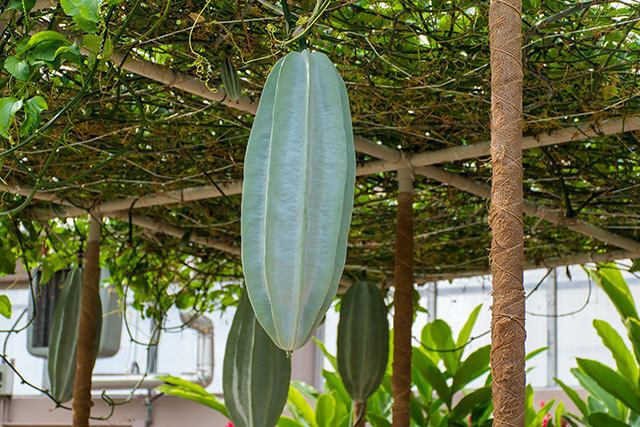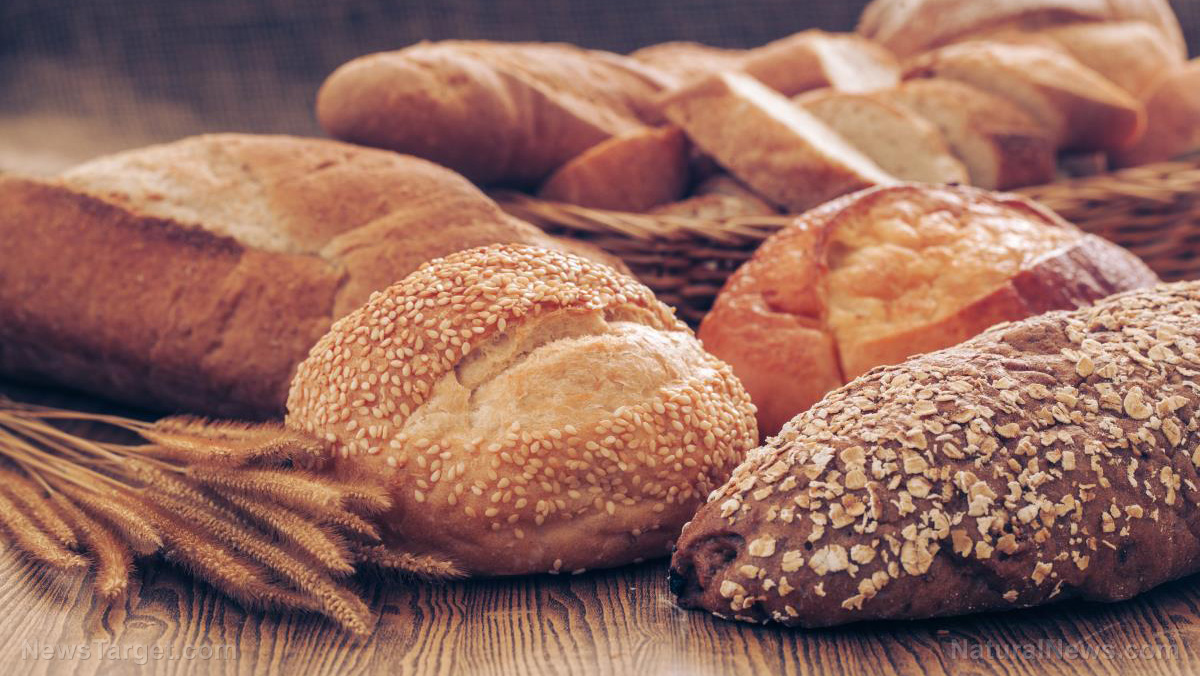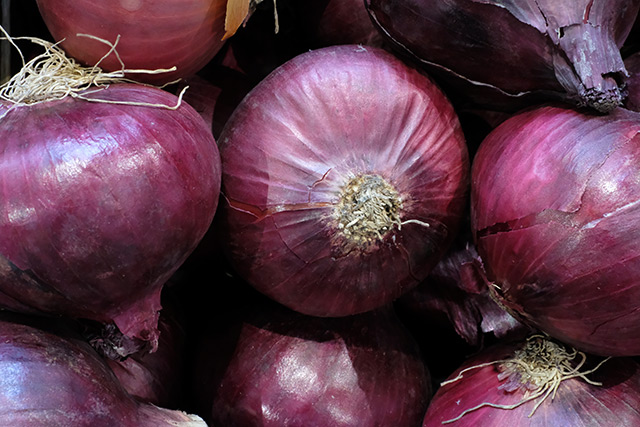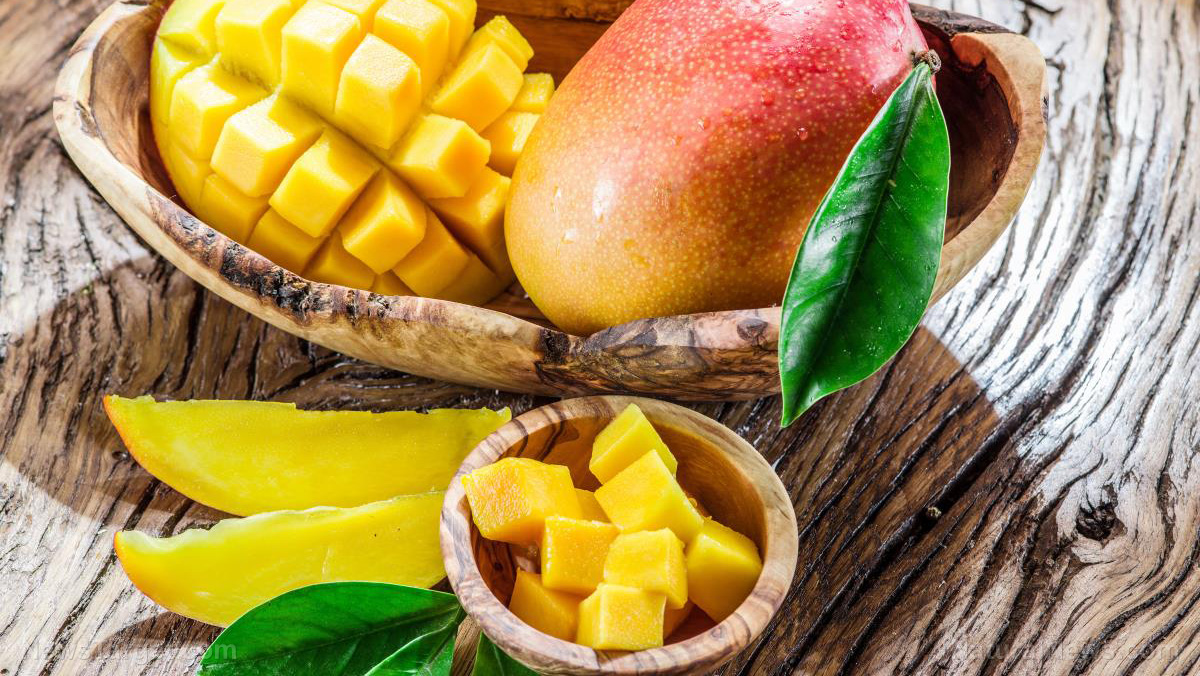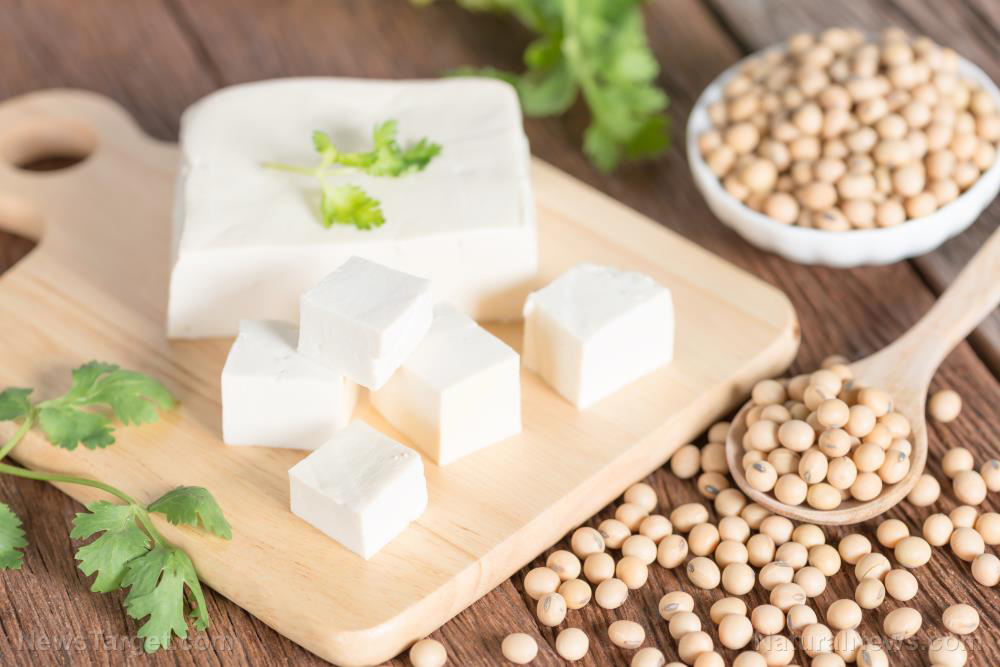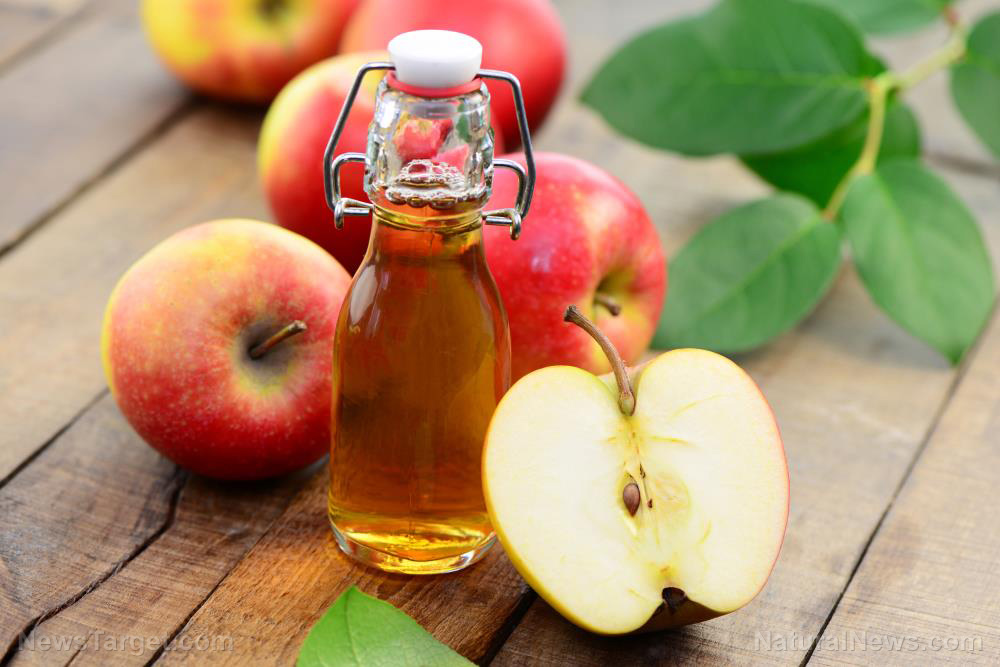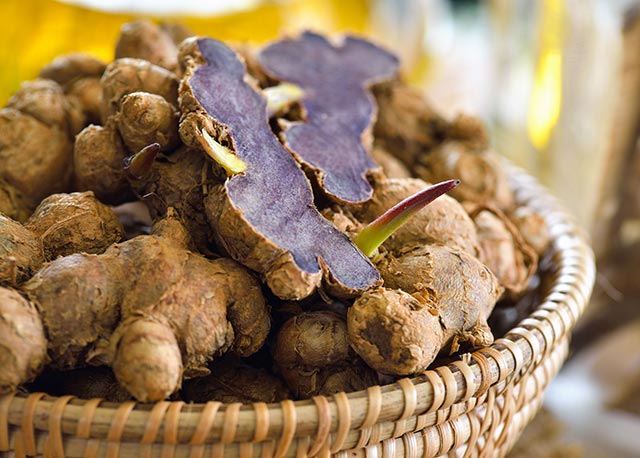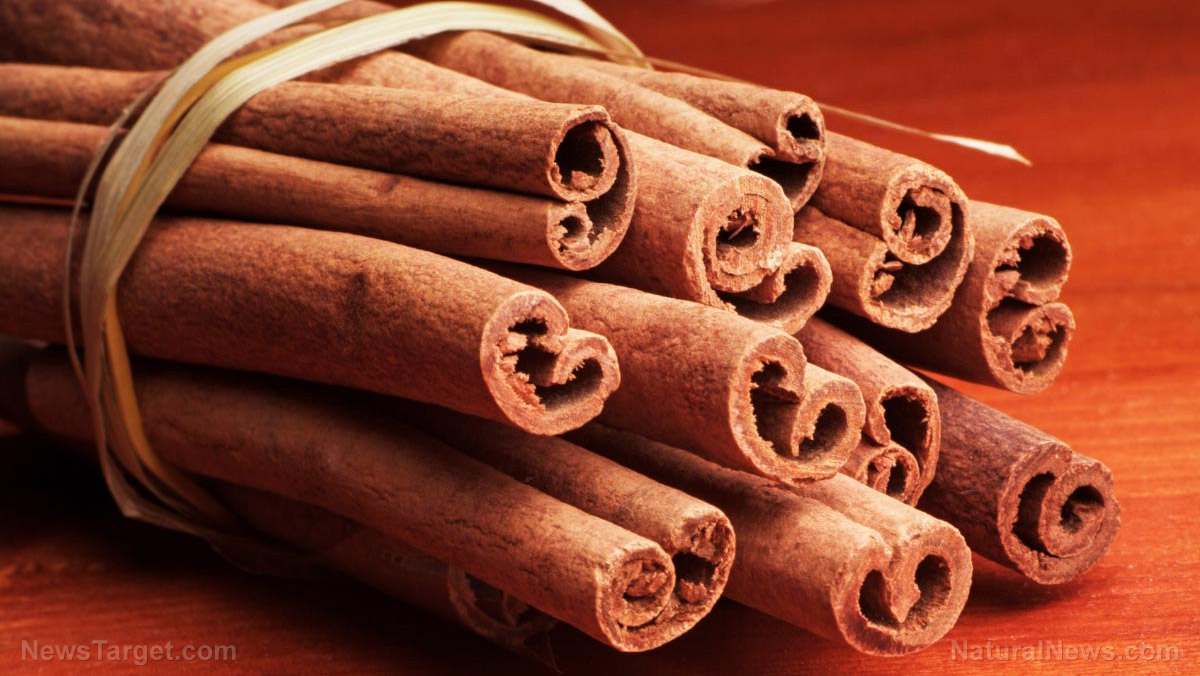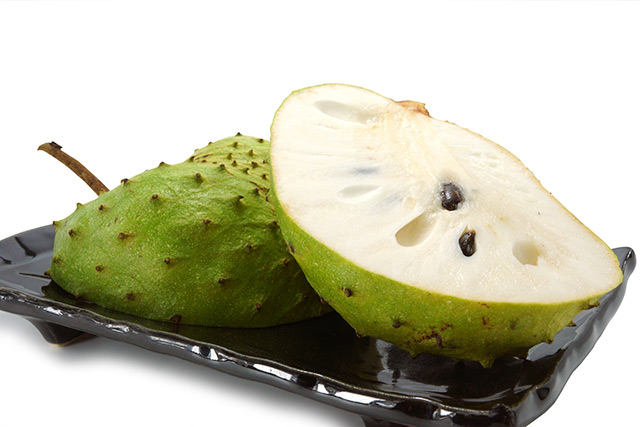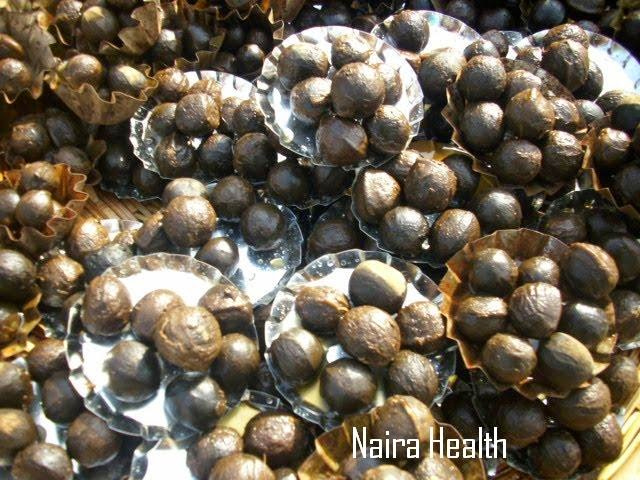Inducing a stress response through growing conditions alters the chemical composition of Theobroma cacao L. beans (cocoa)
02/07/2018 / By Ralph Flores
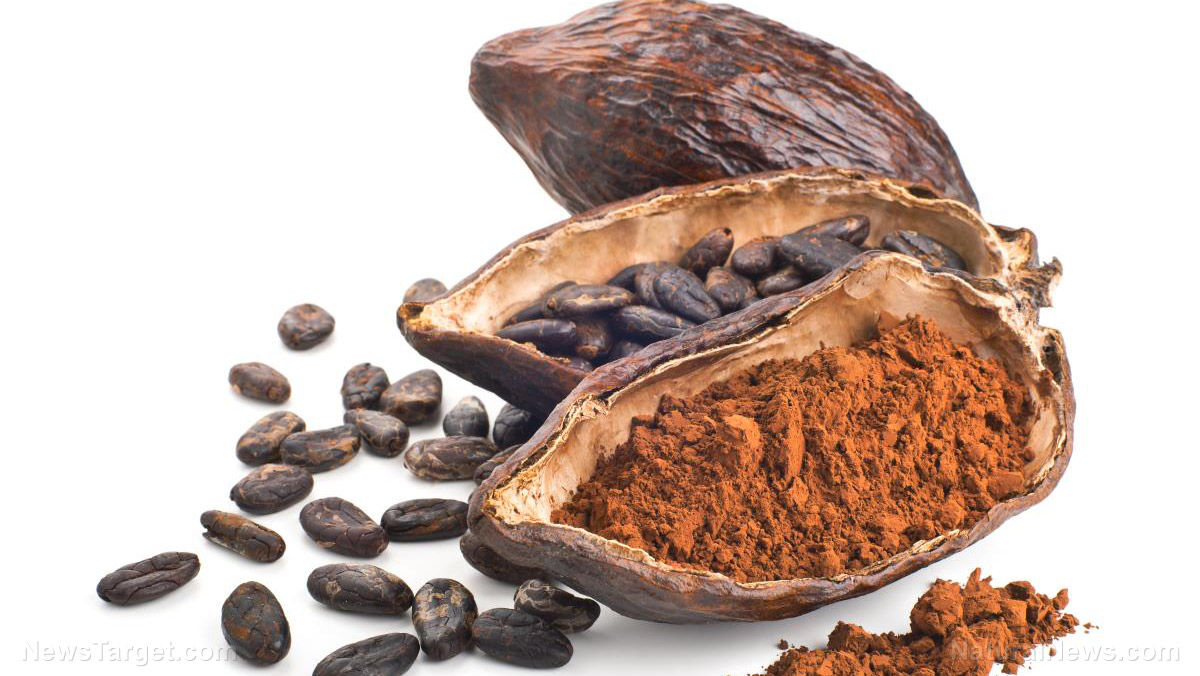
Dry spells and other weather conditions have more impact on cocoa production than how the tree themselves are grown. The report, published in the American Chemical Society’s Journal of Agricultural and Food Chemistry, detailed the impacts that different cultivation methods have in the chemical composition – as well as the flavor – of cocoa beans.
- There are two different ways of growing cocoa. The first method, called agroforestry, involves raising cocoa trees in mixed groves. This allows the plants to receive cool air, as well as vital shade, allowing for a low-stress environment. The other method involves planting trees in singular, “monocultural,” groves, to produce more yield. This exposes trees to elevated levels of stress.
- To counter this effect, trees produce antioxidants to react against the stress and minimize the damage. However, the increased amount of antioxidants also affects the quality of the beans.
- To understand the process behind it, researchers sampled beans from five different cocoa tree farms in Bolivia. The samples were collected from both monocultural groves and agroforest settings and were gathered at the beginning and the end of the dry season. Prior to its analysis, the beans were fermented and dried.
- The researchers found only minor differences in the chemical composition between beans that were cultivated in an agroforest and a monocultural grove – with beans from the latter having more phenols and antioxidant compounds.
- What they found to be significant, however, was the effect that weather has on the beans’ chemical composition. During the dry season, the rise in temperature causes soil moisture around the trees to drop. This lead to an increase in antioxidant levels in the beans, as well as reduction of its fat content.
The authors of the study said that these factors, which elevate the stress levels of the cocoa tree, can add to the variability of the flavors of cocoa beans.
Journal Reference:
Niether W, Smit I, Armengot L, Schneider M, Gerold G, Pawelzik E. ENVIRONMENTAL GROWING CONDITIONS IN FIVE PRODUCTION SYSTEMS INDUCE STRESS RESPONSE AND AFFECT CHEMICAL COMPOSITION OF COCOA (THEOBROMA CACAO L.) BEANS. Journal of Agricultural and Food Chemistry. 2017;65(47):10165–10173. DOI: doi.org/10.1021/acs.jafc.7b04490
Tagged Under: agroforest, cocoa, cocoa beans, cocoa production, food science, harvest, monocultural grove, Theobroma cacao L.


